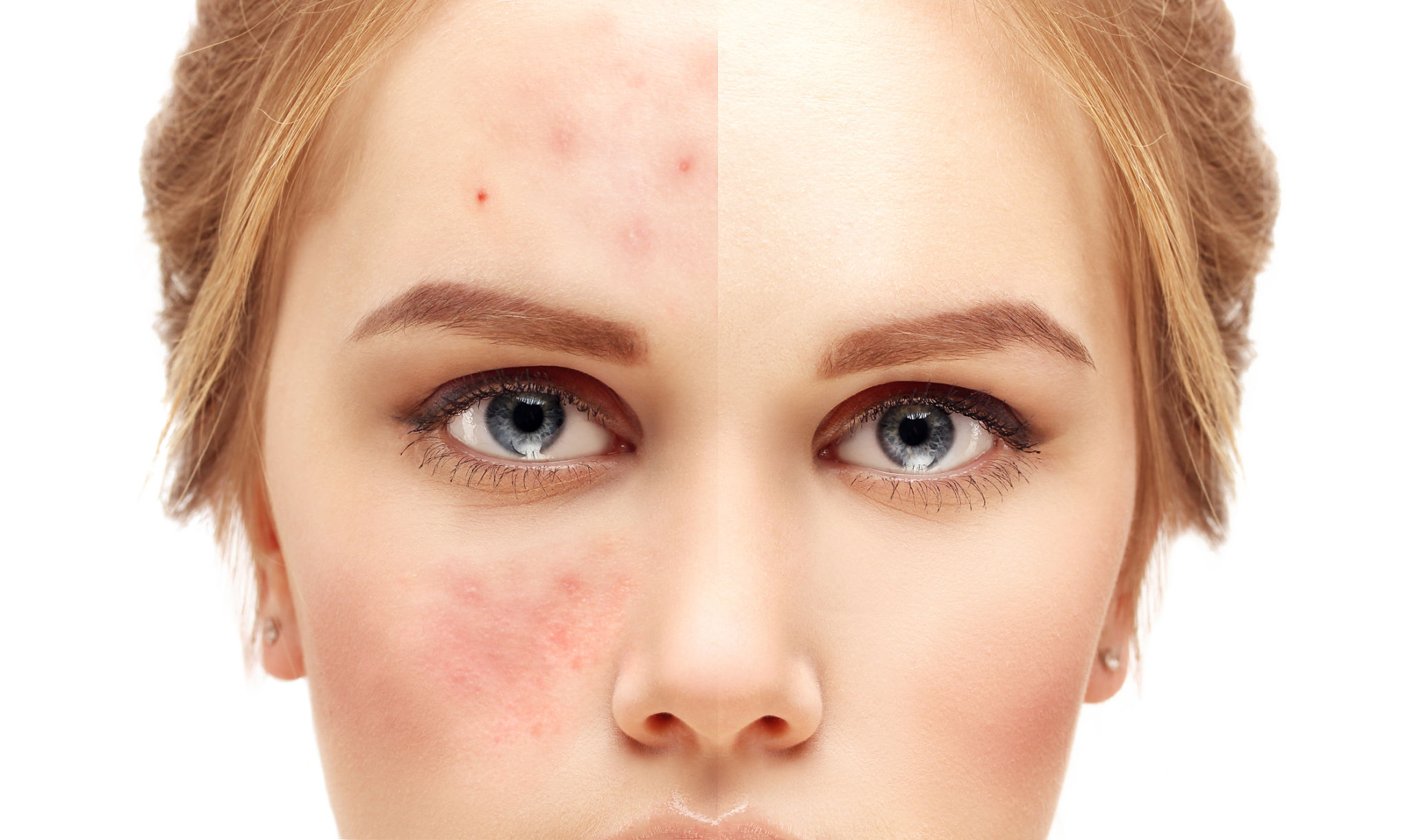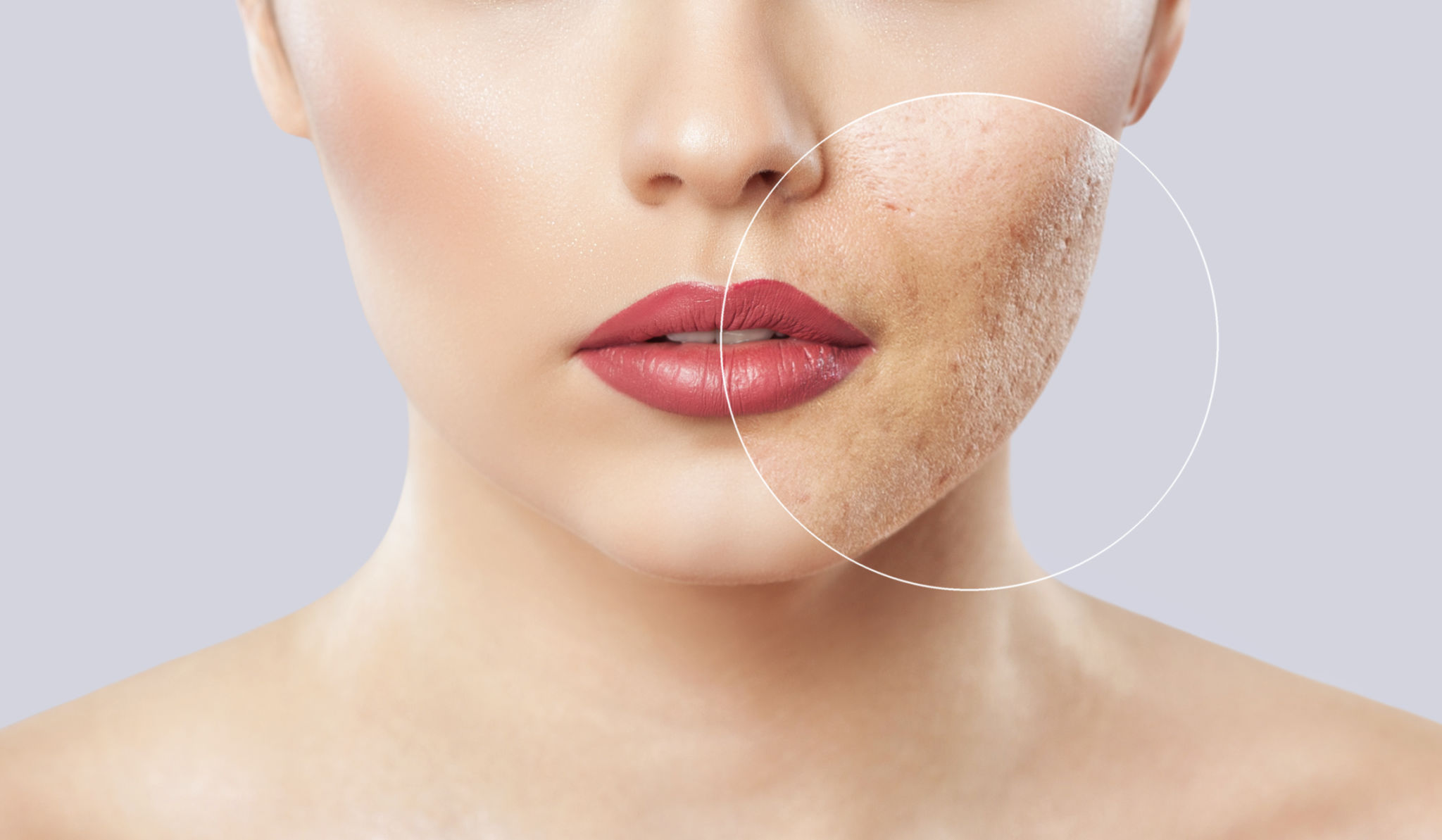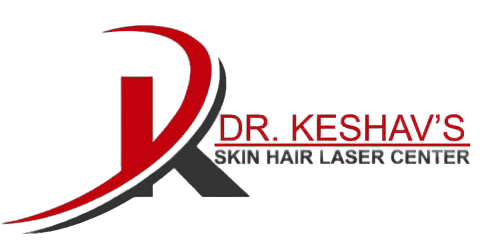What Are The Types of Scars?
Scarring is a natural part of the healing process after an injury. Any burn, injury, or other trauma, such as surgery, can cause a scar.Its appearance and its treatment depend on multiple factors. The depth and size of the wound or cut and the location of the injury matter. So do your age, genes, sex, and ethnicity.
These are several different types of scars including:
- Keloid scars. These scars are the result of an overly aggressive healing process. They extend beyond the original injury. Over time, a keloid scar may hamper movement. Treatments include surgery to remove the scar, steroid injections, or silicone sheets to flatten the scar. Smaller keloids can be treated using cryotherapy (freezing therapy using liquid nitrogen). You can also prevent keloid formation by using pressure treatment or gel pads with silicone when you are injured. Keloid scars are most common among people with dark skin.
- Contracture scars. If your skin has been burned, you may have a contracture scar. These scars tighten skin, which can impair your ability to move. Contracture scars may also go deeper, affecting muscles and nerves.
- Hypertrophic scars. These are raised, red scars that are similar to keloids but do not go beyond the boundary of the injury. Treatments include injections of steroids to reduce inflammation or silicone sheets, which flatten the scar.

Acne scars. If you’ve had severe acne, you probably have the scars to prove it. There are many types of acne scars, ranging from deep pits to scars that are angular or wavelike in appearance. Treatment options depend on the type of acne scars you have.
Treatment

Best for: Treating a few depressed scars, but not icepick scars.
Skin tightening: This is a newer treatment and tends to be more affordable. This treatment is safe for all skin colors.
Dermatologists often use a technology called radiofrequency to tighten the skin. As the skin tightens, depressed acne scars become less noticeable.
Radiofrequency requires repeat appointments. Most patients return once a month for 4 months. After a radiofrequency treatment, many patients say they feel a burning sensation for about 1 hour and their skin has a pinkish color for 2 to 3 days.
Radiofrequency treatments require some at-home care. For at least one week after each treatment, you will need to apply sunscreen every morning and a moisturizing cream at night. Dermatologists recommend wearing a sunscreen that offers UVA/UVB protection, an SPF of 30 or greater, and water resistance.
Best for: Depressed acne scars. Sometimes, skin tightening effectively treats deep icepick and boxcar scars.
Collagen-induction therapy: Also known as “needling” or “micro-needling,” this treatment encourages your body to make more collagen.
To perform this procedure, a dermatologist moves a sterile, handheld needle-studded roller across the depressed acne scars. This punctures your skin. As your skin heals, it produces collagen.
It takes time to see the results, sometimes as long as 9 months. Most people, however, notice gradual changes before 9 months. Many patients require between 3 and 6 treatments and return every 2 to 6 weeks for a treatment.
After each treatment, you may have some swelling and possibly bruising. These side effects usually clear within 4 to 5 days.
You will need to follow a skin care plan while undergoing treatment.
Best for: Widespread depressed acne scars. Not a treatment for raised acne scars, which form when the body produces too much collagen.
Electrodesiccation: This treatment uses electric probes to heat the tissue, which causes the tissue to die. This treatment may be part of a treatment plan for boxcar acne scars. Electrodesiccation by itself is not an effective treatment for acne scars.
Best for: Shaping or reducing the edges of boxcar scars.
Procedures for depressed acne scars
- Acne scar surgery
- Resurfacing: Laser therapy, chemical peeling, dermabrasion, microdermabrsion
- Fillers
- Skin tightening
- Collagen-induction therapy, aka needling
- Electrodesiccation
Procedures for raised acne scars
- Injections (corticosteroids, interferon, 5-FU, etc.)
- Acne scar surgery
- Laser therapy
- Cryosurgery
- Scar creams and gels, silicone (dressing and bandages)
Depressed Acne scars: Many effective treatments
Best results often come from using 2 or more treatments. The treatments that a dermatologist may use to treat depressed acne scars include:
Acne scar surgery: This sounds scarier than it is. Dermatologists often perform this minor surgery to treat very noticeable acne scars. The goal is to create a less-noticeable scar. The remaining scar should fade with time.
To perform acne scar surgery, a dermatologist may lift the scar. Bringing a scar closer to the surface of the skin tends to make it less noticeable. Another type of acne scar surgery involves breaking up scar tissue.
A dermatologist or dermatologic surgeon can safely perform acne scar surgery in a medical office. Patients remain awake but numb so that they do not feel pain.
Best for: Treating a few depressed scars.
Resurfacing procedures: When a patient wants to diminish the appearance of widespread acne scarring, a dermatologist may recommend a resurfacing procedure. Resurfacing removes layers of skin, which allows the body to produce new skin cells.
Dermatologists use the following resurfacing procedures to treat depressed acne scars:
- Laser skin resurfacing
- Chemical peeling
- Dermabrasion
- Microdermabrasion
Resurfacing works well for treating acne scars that are nearly flat (not too deep). Even dermabrasion, which removes the top layers of skin and some of the middle layers, cannot effectively treat deep acne scars.
Best for: Depressed acne scars that are not deep, useful for contouring scar edges to make scars less noticeable. Deep scars often require skin surgery and resurfacing.
Skin fillers: Dermatologists use fillers to safely and effectively plump depressed acne scars. A dermatologist may fill acne scars with collagen, the patient’s own fat, or another substance. Many fillers give us temporary results, which last between 6 and 18 months. Some fillers are permanent.
Raised acne scars: Treatment can ease pain, diminish scars
The treatments that a dermatologist may use to treat raised acne scars are:
Injections: Your dermatologist may recommend injecting medicine directly into the scars. This can soften and flatten raised, thick scars.
Getting the best results often requires repeat visits. These injections are usually given once every few weeks. How often you will need to return for treatment depends on the scar and many other considerations. You may need to return once every 2 to 6 weeks for a while.
Many patients receive injections of corticosteroids. A chemotherapy medicine known as fluorouracil (5-FU) can also be effective in treating raised acne scars. Some scars respond best when injections of both 5-FU and corticosteroids are used.
Interferon, which is also used to treat cancer, can be effective. Our bodies naturally produce interferon.
If the scar does not respond (or stops responding) after you receive the 4th injection, acne scar surgery may be recommended.
Best for: Painful, raised scars.
Acne scar surgery: Dermatologists perform acne scar surgery to reduce raised acne scars. This surgery can be performed in a dermatologist’s office.
To obtain the best results, acne scar surgery is often followed by another treatment.
- Acne scar surgery, followed by injections: After surgery, dermatologists often treat raised scars with injections of corticosteroids, 5-FU, or interferon.Combining acne scar surgery with these shots remains one of the most effective treatments for raised scars. Most patients receive injections once a month for a few months.
- Acne scar surgery, followed by radiation: Studies show that radiation can prevent raised scars from returning after acne scar surgery. Due to the potential for radiation treatments to cause problems years or decades later, some doctors do not recommend radiation treatment.
Best for: Raised scars that need more than injections.
Laser therapy: Lasers and other light treatments can treat raised scars safely and effectively. Treatment with a pulsed dye laser (PDL) can help reduce the itch and pain, diminish color, and flatten a raised scar. For people with lighter skin, intense pulsed light (IPL) also may be a treatment option.
Best for: All types of acne scars.
Cryosurgery: This treatment freezes the scar tissue. Freezing the tissue causes it to die and gradually fall off. To improve the results, dermatologists recommend a series of cryotherapy sessions and corticosteroid injections. This combination often produces better results.
The main drawback is that cryotherapy can cause permanent light spots to form on the treated skin.

Best for: It can effectively diminish raised scars in people who have lighter skin. Not recommended for skin of color.
Scar creams and gels, silicone (dressings and bandages): Often available without a prescription, these can be used at home to treat raised scars. These products can help reduce the itch and discomfort as well as shrink, flatten, and fade raised scars.
Silicone dressings and bandages can be especially helpful. Although no one knows for sure how these work, one possibility is that silicone helps hydrate the skin. This may reduce the itch and pain as well as make the skin more flexible.
To be effective, these products must be used continuously. This can be difficult, especially for scars on the face. Many people are willing to do this because these treatments have little risk of side effects. Even so, with continuous use, some people develop itchy, irritated skin. This usually clears when the person stops using the product.
Best for: Reducing scar size and discomfort. None is likely to eliminate a raised scar.
How much reduction of Acne Scar will be there?
Most treatments can reduce the size and visibility of acne scars. With time, many of the treated acne scars fade, making them barely noticeable.
